1.3.1 An 1800s Mystery, Tidal Kites, 7 Bridges Puzzle, What Animals See, Chemistry 4 Kids
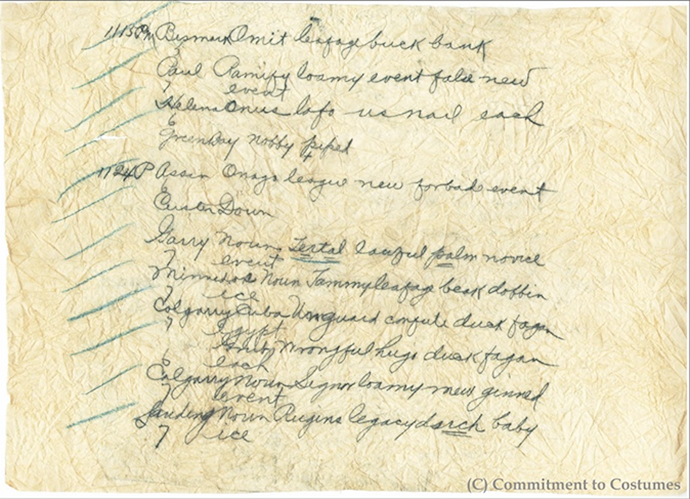
An 1800s Dress with Secret Messages
"Sometimes a dress is just a dress. In this story, a dress becomes a kind of time travel portal, where we get to return very briefly to the Industrial Revolution and learn about the history of weather forecasting on the frontiers of North America in the 1800s.
The story starts in 2013 in an antique mall in Maine, where Sara Rivers Cofield sees a beautiful brown dress for sale. Rivers Cofield is an archeologist who also collects old dresses and handbags for fun. She loved this particular dress’s beautiful metal buttons and elaborate bustle.
Once she got the dress home she found a secret pocket hidden under that bustle, inside the seams of the skirt. Upon further inspection, she also found crumpled bits of paper inside the secret pocket.
She recognized that both the dress and the paper were likely from the 1880s. What she couldn’t decipher was the meaning of messages written on the paper – lines of text, many beginning with a place name, followed by seemingly random verbs and nouns."
Bennett's Bronze Bustle
https://commitmentocostumes.blogspot.com/2014/02/bennetts-bronze-bustle.html
'Cryptogram' in a silk dress tells a weather story
https://www.noaa.gov/heritage/stories/cryptogram-in-silk-dress-tells-weather-story
135-Year Old Code Mystery Highlights Forgotten Era of Meteorology
https://canwin-datahub.ad.umanitoba.ca/data/publication/breaking-silk-dress-cryptogram
Someone finally cracked the “Silk Dress cryptogram” after 10 years
Breaking the Silk Dress cryptogram
https://www.tandfonline.com/doi/full/10.1080/01611194.2023.2223562
Tidal Kites
Probably you've heard about kites and lucky enough to fly at least one in the wind. When kites catch the wind a certain way, the gain speed and you can feel the tug on the line connecting you with the kite. Tidal kites use the same principle to turn the movement of tides into renewable energy. Unlike wind, tidal kites are hidden and can be placed in locations where tides are strong and constant.
Minesto is a Swedish company that has developed tidal kites that are tied to an ocean floor foundation and then ride the tides to transfer motion into energy. What's really neat is that their kites are modular. This makes them easy to ship and build onsite. And repairs only involve pulling in a kite, taking off a damaged or worn part then replacing the part with a new one. The repaired kite can then be re-attached to its underwater foundation. It's a clever well thought out design to create renewable energy.
Minesto: Our Technology
https://minesto.com/our-technology/
https://www.youtube.com/embed/dkXinDn67Kw
The underwater 'kites' generating electricity as they move
https://www.bbc.com/news/business-59401199
Could the UK’s tides help wean us off fossil fuels?
https://www.bbc.com/news/science-environment-67170625
A Math Puzzle from 1736
The puzzle is called The Seven Bridges of Königsberg. It’s based on an actual city, then in Prussia, now Kaliningrad in Russia. The city is divided by a river with two islands in between and, further downstream, the river splits the city again.
The problem is deceptively simple: there are (or were) seven bridges to connect the two islands and the downstream parts of the town. Leonhard Euler wondered if a person could walk across each of the seven bridges once and only once to touch every part of the town. Starting and ending at the same spot was not a requirement.
Which do you think is more important to solve this problem: the number of bridges or the location of each bridge?
The 7 Bridges of Konigsberg
https://kidscodecs.com/7-bridges-konigsberg/
The Seven Bridges of Königsberg
http://en.wikipedia.org/wiki/Seven_Bridges_of_Königsberg
Topology Helps Map the Human Brain
http://www.nonlinearbiomedphys.com/content/1/1/3
Mobius Strip
http://en.wikipedia.org/wiki/Mobius_strip
What Animals See
This video covers a whole range of animals, from horses and dogs and cats to icky insects, rats, and mice.
https://www.youtube.com/embed/vHhDHk-kBYY?si=ypOGZmGFJyksLCS
Kids and Chemistry
The American Chemical Society has a few free educational materials geared towards kids and people who may not remember what we learned in school. Plus chemistry has evolved a bit since many of us sat in a classroom as a student ten or twenty years ago. Like the TryEngineering.org website with its focus on kids and engineering, this site has content teachers and parents might want to explore for project ideas.
https://www.acs.org/education/outreach/kids-chemistry.html
This Week
Our Sunday issue this week will have fun often offbeat links about secrets behind restaurant menus, how kids deal with failure, teens and smartphones, bird watching with dinosaurs (an amusing premise, if you can avoid being eaten), and more.
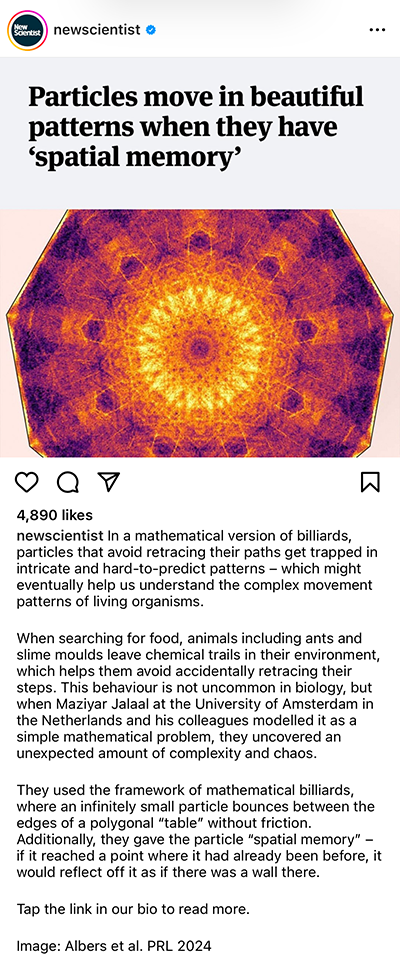

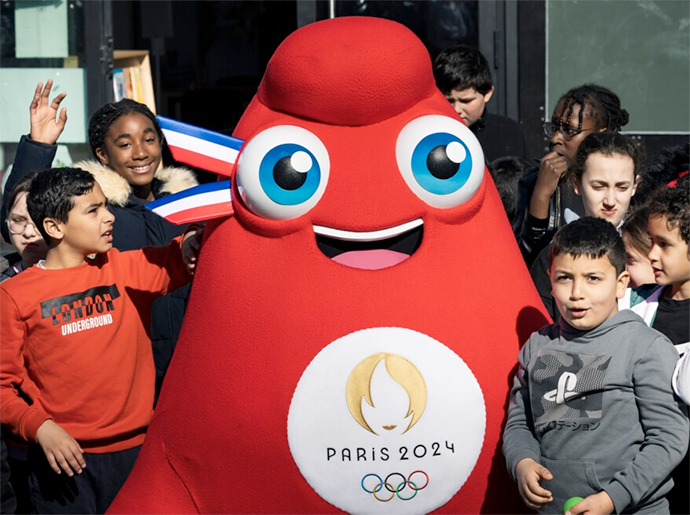
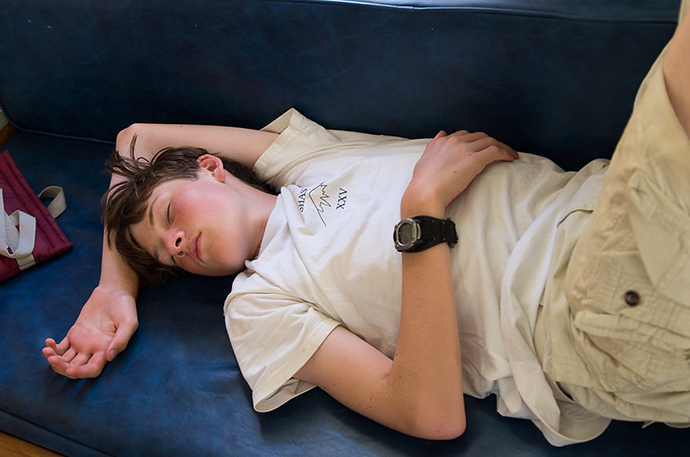
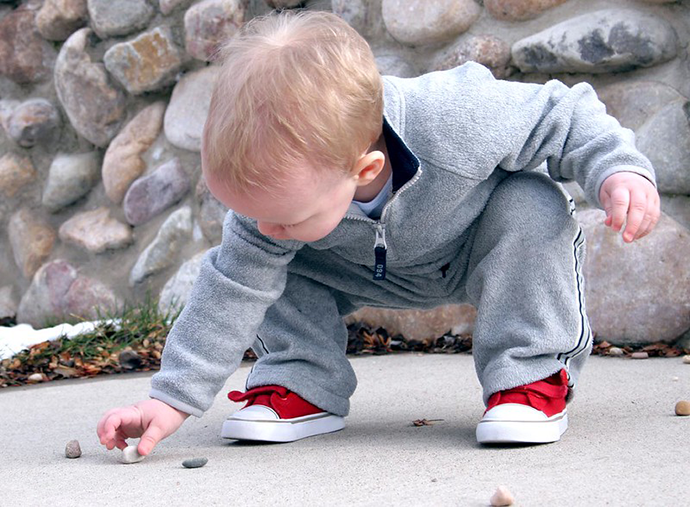
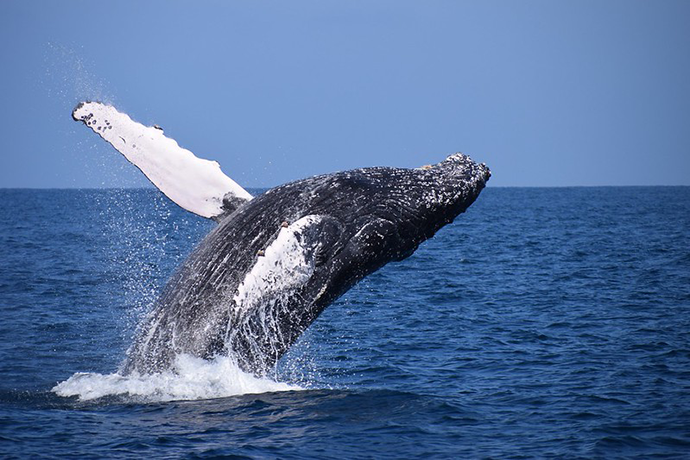
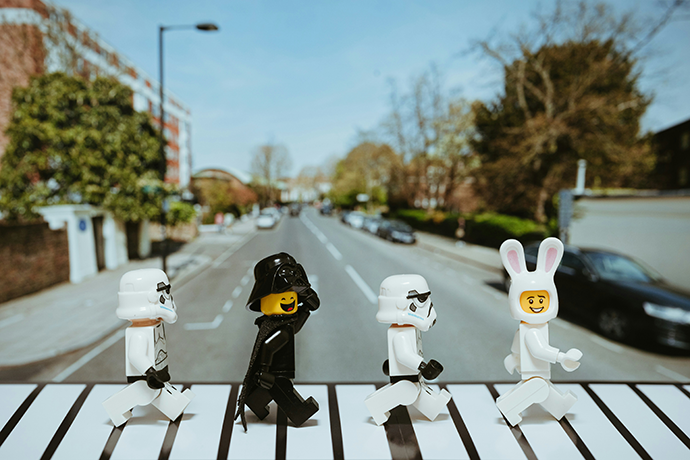
Member discussion